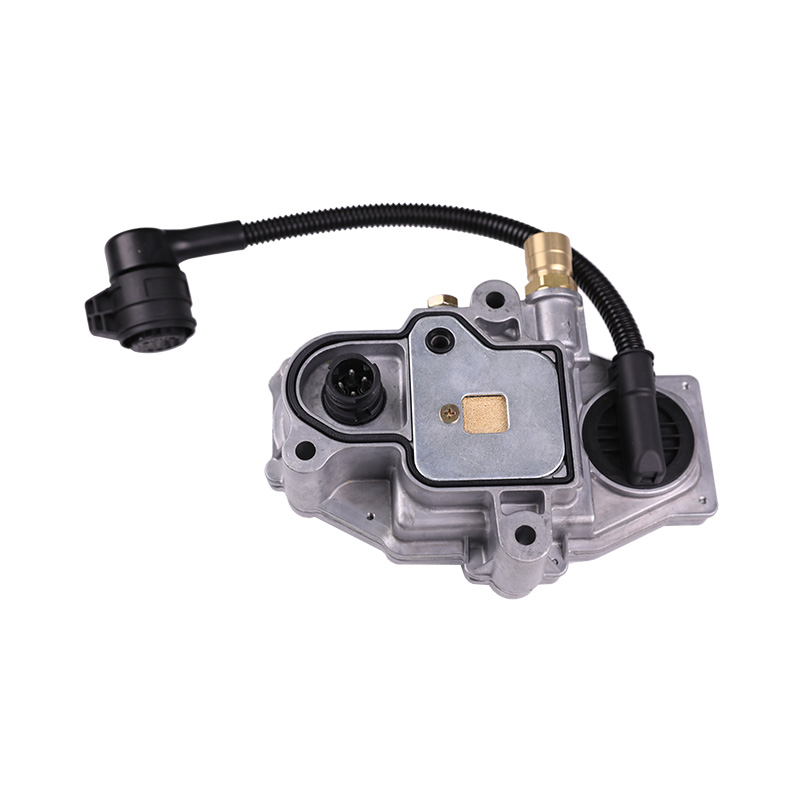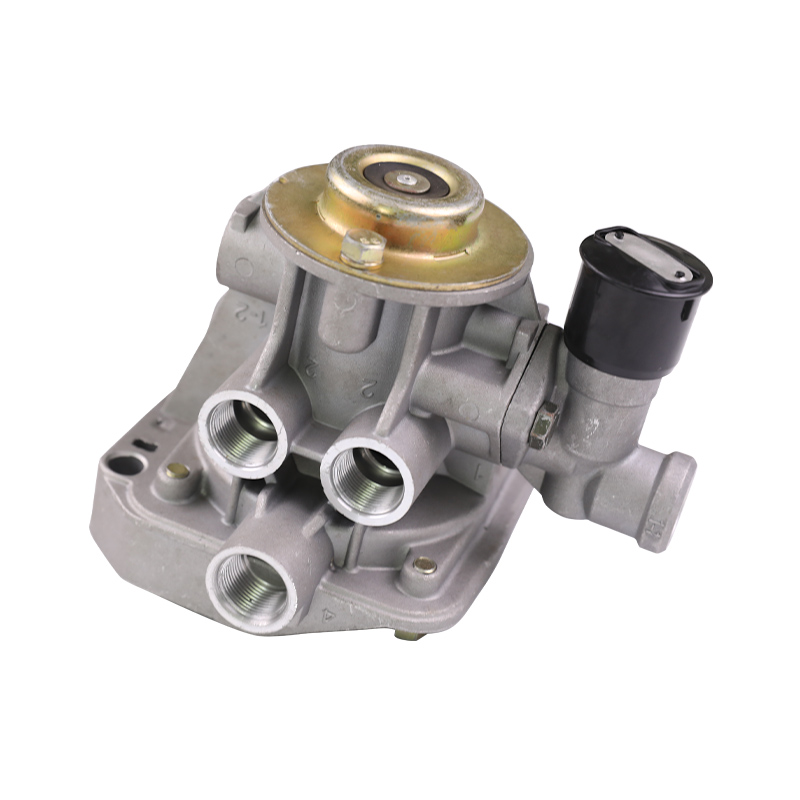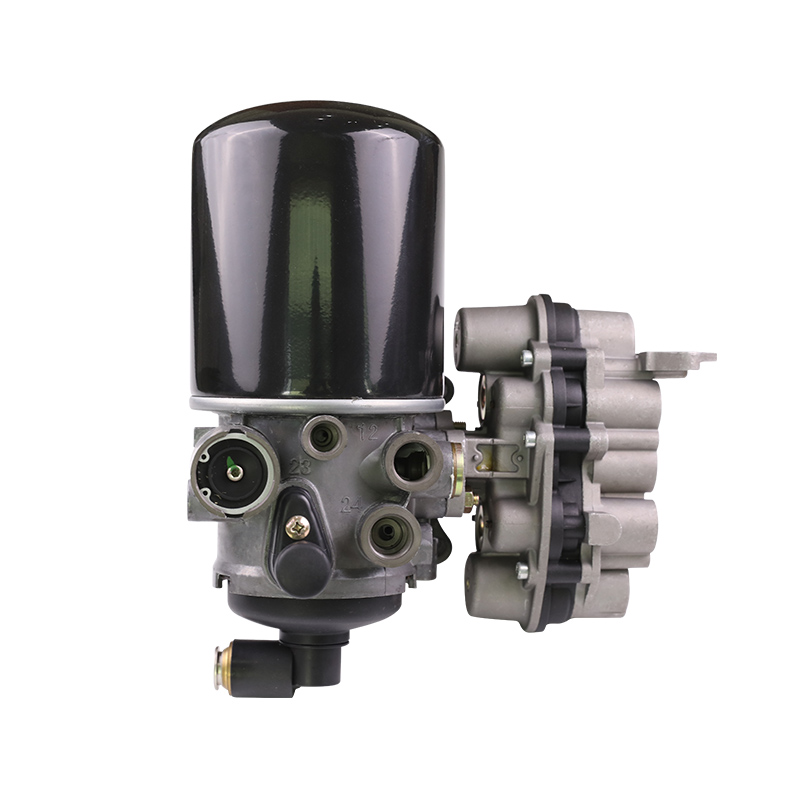Brake air dryers play a pivotal role in preventing brake failure by effectively controlling moisture within a vehicle's brake system. Brake failure is a critical safety concern that can lead to accidents, injuries, and even fatalities.
Moisture Removal: Brake air dryers are primarily designed to remove moisture from the compressed air that powers the vehicle's air brakes. This moisture can enter the system through various means, including air intake during the compression process and humidity in the surrounding environment. If left unchecked, this moisture can lead to several issues that contribute to brake failure.
Preventing Brake Fluid Contamination: Moisture in the brake lines can contaminate the brake fluid. Brake fluid is responsible for transmitting the force from the brake pedal to the brake components, such as calipers and wheel cylinders. When moisture mixes with brake fluid, it lowers the fluid's boiling point. During heavy or prolonged braking, especially in demanding situations like downhill descents or emergency stops, the heat generated can cause the contaminated brake fluid to vaporize. This results in a spongy brake pedal feel and diminished braking power, a phenomenon known as brake fade.
Brake air dryers prevent brake fluid contamination by ensuring that the brake fluid remains dry and uncontaminated. By preserving the integrity of the brake fluid, they help maintain consistent braking performance and prevent brake fade, reducing the risk of brake failure.
Corrosion Prevention: Moisture is corrosive, and it can lead to rust and corrosion within the brake system. Critical brake components, such as calipers, brake lines, cylinders, and the brake master cylinder, are susceptible to deterioration when exposed to moisture over time. Corroded components are weaker and more likely to fail, jeopardizing braking performance and safety.
Brake air dryers act as protective shields, keeping moisture out of the brake system and preventing corrosion. By preventing moisture-induced corrosion, they extend the lifespan of crucial brake components, reducing the risk of component failure and brake system malfunctions.
Freezing Prevention in Cold Weather: In regions with cold climates, moisture in the brake system can freeze, causing brake lines to become blocked or compromised. When moisture freezes within the brake lines, it impedes the flow of brake fluid, resulting in brake failure. This is particularly dangerous during the initial moments of driving in freezing conditions when drivers heavily rely on their brakes to maintain control.
Brake air dryers play a critical role in preventing moisture-induced freezing by maintaining a dry and moisture-free air supply. By ensuring that the brake system remains functional even in extremely cold weather, they prevent the risk of brake failure and maintain safety during winter driving conditions.
Maintaining Predictable Braking Performance: Consistency in braking performance is essential for safe driving. Inconsistent braking can lead to unpredictable handling, making it difficult for drivers to anticipate how their vehicle will respond in various driving conditions. Moisture in the brake system can introduce variability in brake pressure, resulting in uneven braking force distribution among the wheels.
Brake air dryers contribute to consistent and predictable braking performance by maintaining a stable compressed air supply. This ensures that all wheels receive uniform braking force, promoting predictable handling and safe vehicle operation. Drivers can rely on their brakes to respond consistently, whether they need to make a sudden stop on a wet road or gradually decelerate on the highway, reducing the risk of brake failure.






